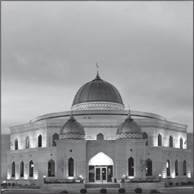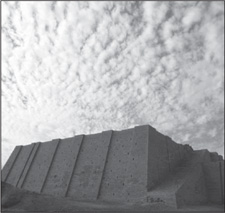
Chapter One: The Precursors of Islam (c. 3000 BCE–500 CE)
The Rise of Agrarian-Based Citied Societies

Cultural Core Areas of the Settled World
Chapter Two: Formation and Orientation (c. 500–634)
The City of Mecca: Centre of Trade and Religion
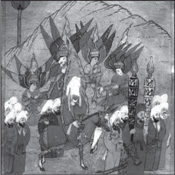
New Social Patterns Among the Meccans and Their Neighbours
Muhammad’s Emigration to Yathrib (Medina)
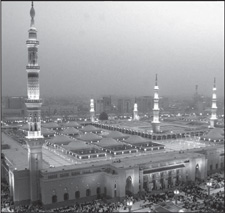
Chapter Three: Conversion and Crystallization (634–870)
Social and Cultural Transformations
The Spirit of Conquest Under ‘Umar I
Forging the Link of Activism with Faithfulness
‘Uthman’s Succession and Policies

The Emergent Islamic Civilization
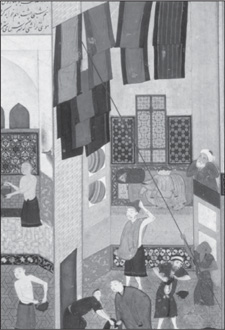
Chapter Four: Fragmentation and Florescence (870–1041)
The Rise of Competitive Regions
Andalusia, the Maghrib, and Sub-Saharan Africa
Egypt, Syria, and the Holy Cities

The Decline of the Caliphate and Rise of Emirates
Chapter Five: Migration and Renewal (1041–1405)
Effects of the Crusades in Syria
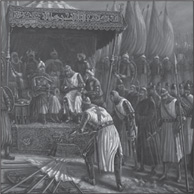
Conversion of Mongols to Islam
Timur’s Efforts to Restore Mongol Power
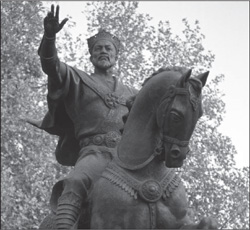
Continued Spread of Islamic Influence
Chapter Six: Consolidation and Expansion (1405–1683)
The Extent of Ottoman Administration

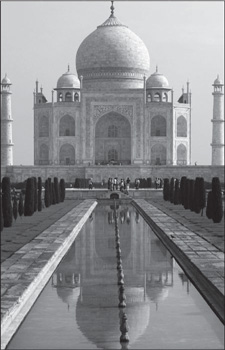
Chapter Seven: Islamic History from 1683 to the Present: Reform, Dependency, and Recovery
Pre-colonial Reform and Experimentation (1683 to 1818)
The Rise of British Colonialism to the End of the Ottoman Empire
Islam and Nationalism in the Age of Globalization (The Early 20th Century to the Present)
Reform and Revival in the Colonial Period
Nationalism: Postcolonial States and Islam
Islamist Movements from the 1960s

The Mainstreaming of Islamist Movements
Dimensions of the Islamic Revival
Islam and Globalization: The Age of Mobility
